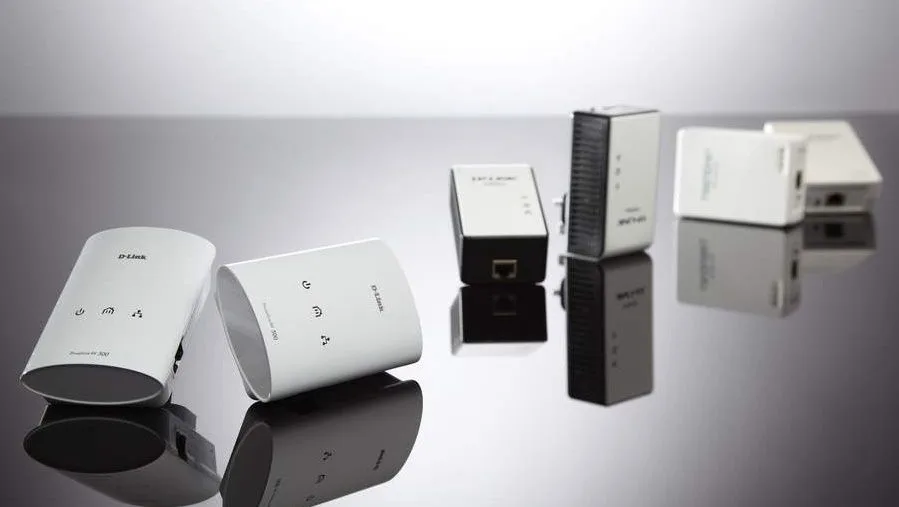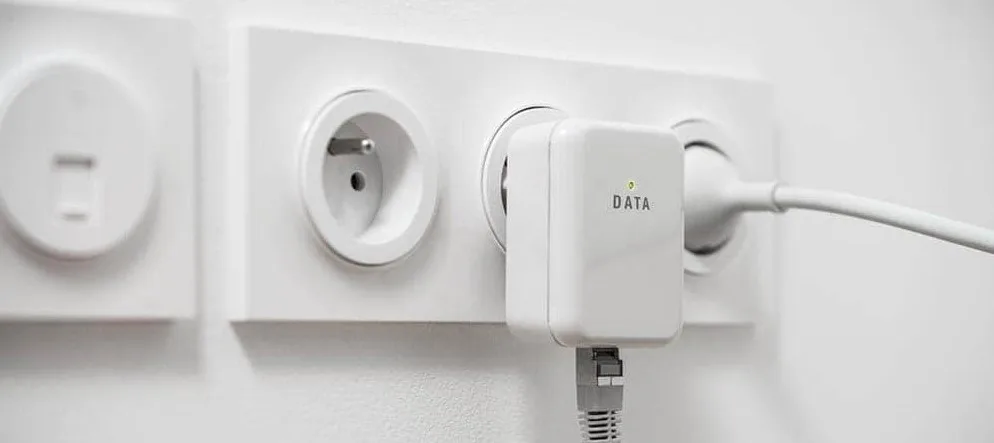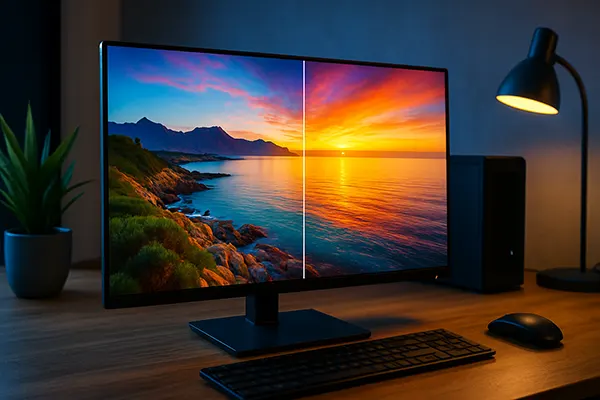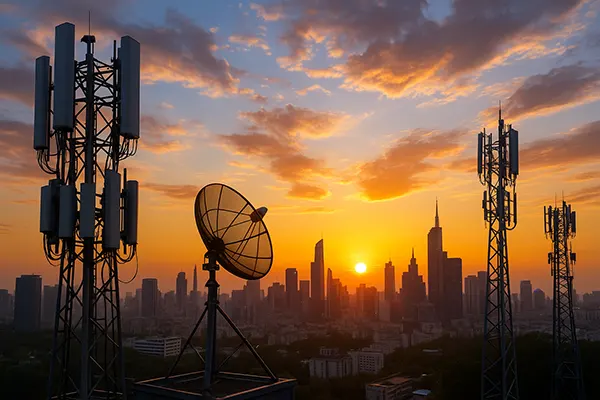
Review of Powerline Adapters: Should You Use Them in Your Apartment?
In today’s world of increasing internet demands, reliable connectivity has become a necessity. For those living in apartments where traditional Wi-Fi solutions struggle due to physical barriers or interference, Powerline adapters present an intriguing alternative. By leveraging existing electrical wiring to create a robust network, these devices promise stability and convenience. In this article, we delve into the key aspects of Powerline adapters to help you determine if they are the right fit for your needs.
Introduction to Powerline Adapters
Powerline adapters have carved out a niche in the connectivity market as a practical solution for extending internet coverage in homes and apartments. These devices use your electrical wiring to transmit data signals, effectively turning every power outlet into a network connection point. This technology is especially useful for overcoming challenges like thick walls, multiple rooms, or competing Wi-Fi signals from neighbouring apartments.
The simplicity of their setup and the stability they offer have made Powerline adapters a popular choice. However, understanding their working principles, benefits, and limitations is essential to making the most of this technology. In the following sections, we’ll explore how Powerline adapters function, their advantages, and their drawbacks.
How Powerline Adapters Work
The functionality of Powerline adapters is both innovative and straightforward. These devices transmit data signals through electrical wiring, creating a virtual Ethernet network. A typical kit includes two adapters: one connects to your router, and the other connects to your device. When plugged into power outlets, the adapters communicate seamlessly, delivering internet access without requiring additional wiring.
Powerline adapters excel in bypassing Wi-Fi challenges like signal degradation due to walls or distance. They are also highly versatile, with modern models supporting features like Wi-Fi extenders, multiple Ethernet ports, and even encryption for secure data transmission.
Advantages of Powerline Adapters
For individuals seeking a stable and reliable internet connection, Powerline adapters offer several compelling advantages. They bridge the gap between the convenience of Wi-Fi and the reliability of Ethernet connections, making them ideal for apartments where other solutions fall short.
One of their primary benefits is ease of use. Installing Powerline adapters requires no technical expertise. Simply plug the devices into power sockets, follow a quick pairing process, and enjoy a stable connection. This simplicity, combined with their ability to bypass common Wi-Fi issues, makes them highly appealing for a wide range of users.
Improved Connection Stability
Powerline adapters provide a more stable connection compared to Wi-Fi, which is prone to interference from physical obstacles and competing networks. This makes them especially valuable for activities like online gaming, streaming high-definition content, or video conferencing, where consistent performance is critical.
Additionally, these adapters are scalable. Users can expand their network by adding more adapters, ensuring stable connectivity in every corner of their home. For apartments with multiple rooms or thick walls, this flexibility is a significant advantage.

Potential Drawbacks and Limitations
While Powerline adapters offer numerous benefits, they are not without limitations. Understanding these potential drawbacks is crucial to assessing whether this technology is suitable for your specific situation.
The performance of Powerline adapters is heavily dependent on the quality of your home’s electrical wiring. Older wiring or circuits with significant noise from high-power appliances can lead to reduced speeds or connection issues. Additionally, Powerline adapters may struggle in homes with multiple circuit breakers, as signals often degrade when crossing between circuits.
Dependence on Electrical Wiring
The reliance on electrical wiring for data transmission is both a strength and a limitation of Powerline adapters. While they eliminate the need for additional cables, their performance can be hindered by wiring quality and layout. Noise from appliances like refrigerators or microwaves can also interfere with the signal, leading to occasional disruptions.
Moreover, while modern Powerline adapters can achieve impressive speeds, they often fall short of the performance provided by direct Ethernet connections. Users with demanding requirements, such as professional video editing or large file transfers, may need to consider alternatives.
Finally, cost can be a factor. While entry-level models are affordable, high-end adapters with advanced features may require a significant investment, making it essential to balance needs and budget.





